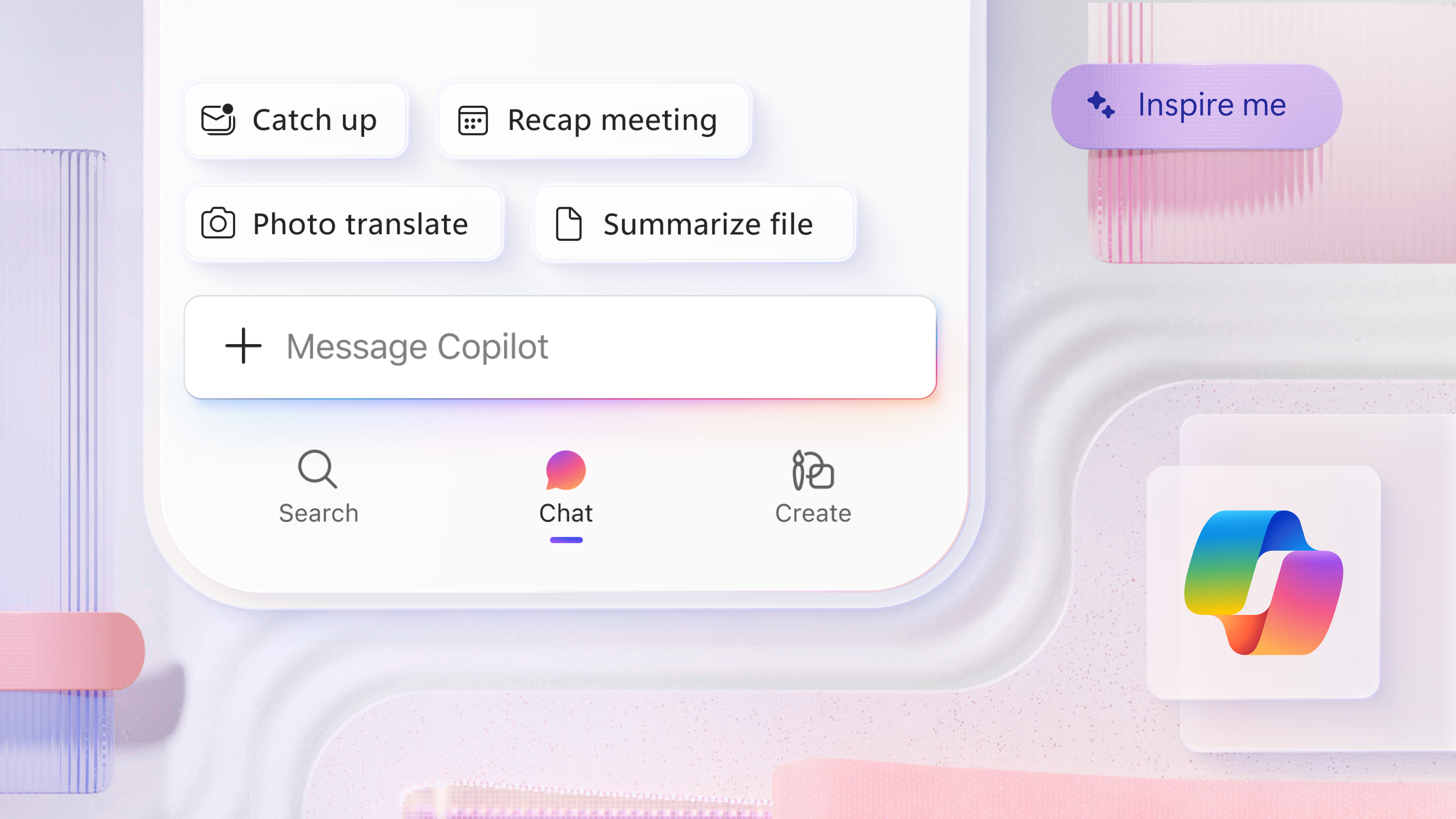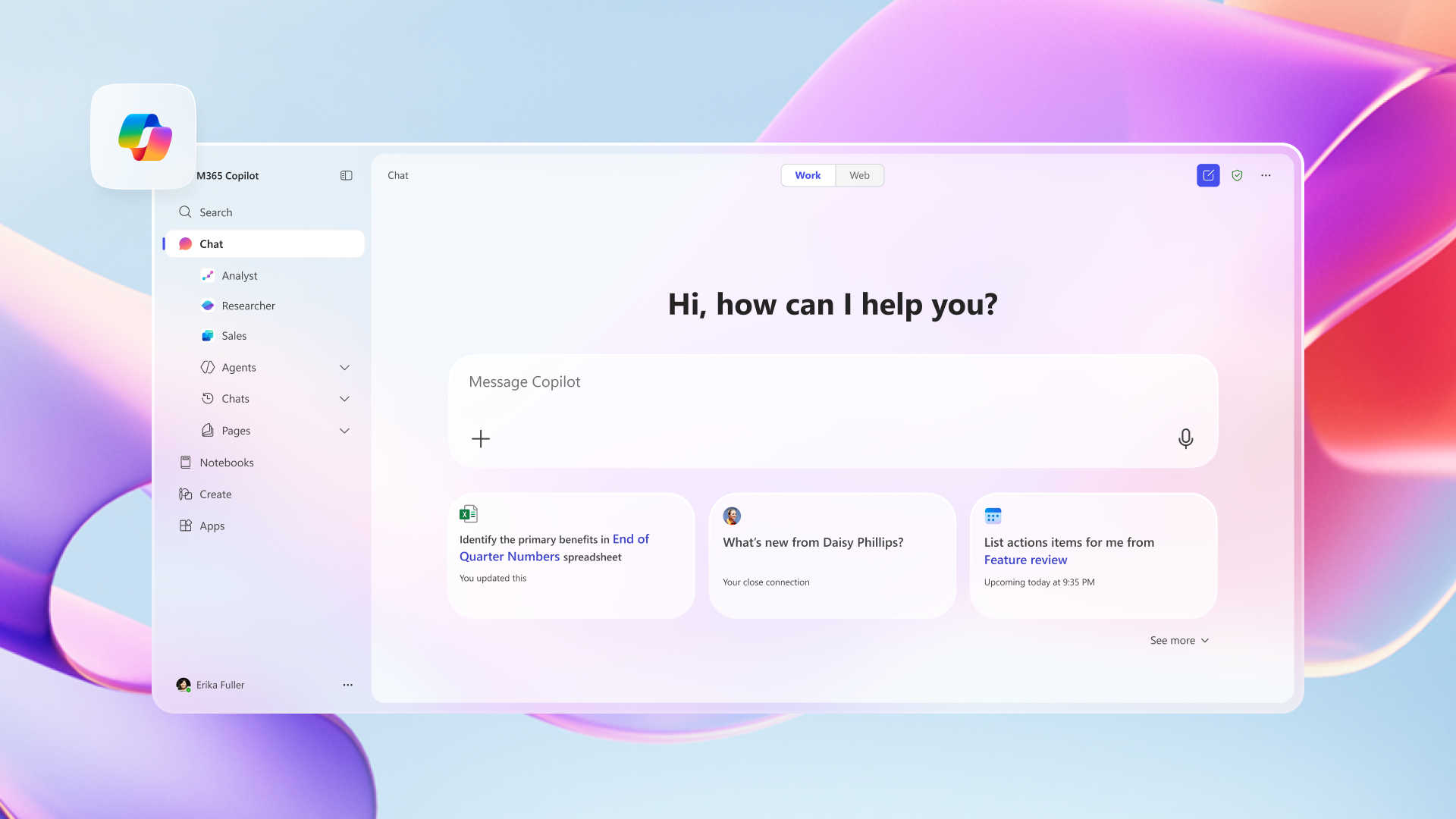The next chapter of collaborative experiences
How we’re pushing collaborative technologies beyond the status quo

In real life, collaboration is keenly felt; it’s communal, fast, frustrating, fun, and everything in between. In digital products, however, we currently only see collaboration (hello, co-authoring flags!). While that’s still useful, this difference turns a dynamic process into a series of static hand-offs.
At Microsoft Design, we know collaboration to be much more than the visual evidence that someone else has worked on a document. We operate as a close-knit creative collective and work across myriad geographies, so we know firsthand the importance of understanding, supporting, and enhancing digital collaboration processes.
To build more dynamic collaborative experiences across Microsoft 365, we’ve focused on thoughtful creation points to help people foster meaningful and organic connections, build on each other’s ideas, and carry creative momentum forward.
Through more unified Teams experiences, new Planner designs that streamline task management, and a future-forward approach to co-authoring with the Microsoft Fluid Framework, we’re ensuring the next chapter of Microsoft 365 supports true collaboration.
Collaborating with a shared purpose
Collaboration is both an individual and collective act, a duality that necessitates having a shared purpose. When everyone on a team sees a common goal and understands how to achieve it, we amplify our efforts. Microsoft Teams supports this by breaking down barriers to communication and providing a centralized hub for open, transparent collaboration.
Designed as a unified space, apps like Word, Excel, and PowerPoint can be seamlessly used within Teams via an integrated experience. This allows people to share insights and feedback in context, with the right information and tools at their fingertips, without switching apps or interrupting flow. Microsoft Search, which is built right into Teams, uses powerful AI and an understanding of natural language to bring forward what you’re looking for.
Collaboration that doesn’t slip through the cracks
One of the joys of collaboration can also be a key pain point: you’re working with a lot of people on a lot of things. When you’re juggling multiple geographies, personalities, subject matters, expectations, and deadlines, just figuring out what you should be doing can be stressful.
To help make sure nothing slips through the cracks, we’ve designed a simple and intuitive way to track tasks across Microsoft 365 via a growing ecosystem of natural task creation points. These span across apps like Outlook, Word, and Excel and are powered by the technology behind Microsoft Planner. Instead of checking individual apps for status updates, Teams now consolidates everything for you — including your personal To Dos. With shared and personal tasks in a centralized location, it’s easier to holistically see what’s on your plate and know what to do next.

Collaboration that paves the way forward
Collaboration is a living, breathing endeavor. Individual actions are taken and collective results achieved. It unfolds in different ways and in different environments, responding to shifting needs and landscapes.
For the next chapter of collaboration to unfold, we need tools as fluid, dynamic, and contextual as the process itself — and that’s the power of the newly unveiled Microsoft Fluid Framework. Fluid breaks down entire experiences into individual component parts, helping people turn content they create within apps into collaborative building blocks.
So, what are “component parts,” exactly?

Think about a chart in Excel. Traditionally, you could copy and paste it into a Word doc or an email. More recently, you could share the full spreadsheet online to enable coauthoring. But, with the Fluid Framework, that chart — or that component — becomes “live” wherever it’s placed. So, whether someone is making changes to it within an email, chat, or document, it’s always contextual and current.
Beyond that, intelligent agents within the Fluid Framework can work alongside people, translating text in real time, fetching content, suggesting edits, and performing compliance checks. This can completely transform how we interact with our apps, services, and one another, including multi-person co-authoring at an unprecedented speed and scale.
The collaborative experiences found today in Teams, Planner, and To Do are ones we’re proud of having helped create. The collaborative experiences we’ll build tomorrow using Fluid Frameworks are ones we can’t wait to dive into. You’re on this journey with us, so when a live preview of Fluid is available in the coming weeks, we’ll update this post so you can learn more and share feedback. In the meantime, feel free to share any thoughts or suggestions in the comments below!
Read more
To stay in the know with Microsoft Design, follow us on Twitter and Instagram, or join our Windows or Office Insider program. And if you are interested in working with us at Microsoft, head over to aka.ms/DesignCareers.

Making UX research insights and frameworks beautiful
Discover how one team transformed a complex UX research framework into a visually engaging artifact to make insights stick and spark alignment across teams

A mobile-first approach for Microsoft 365 Copilot
How Microsoft is reimagining productivity from a mobile-first lens

Designs for the frontier future
How we rebuilt the Microsoft 365 Copilot app for a new kind of productivity
